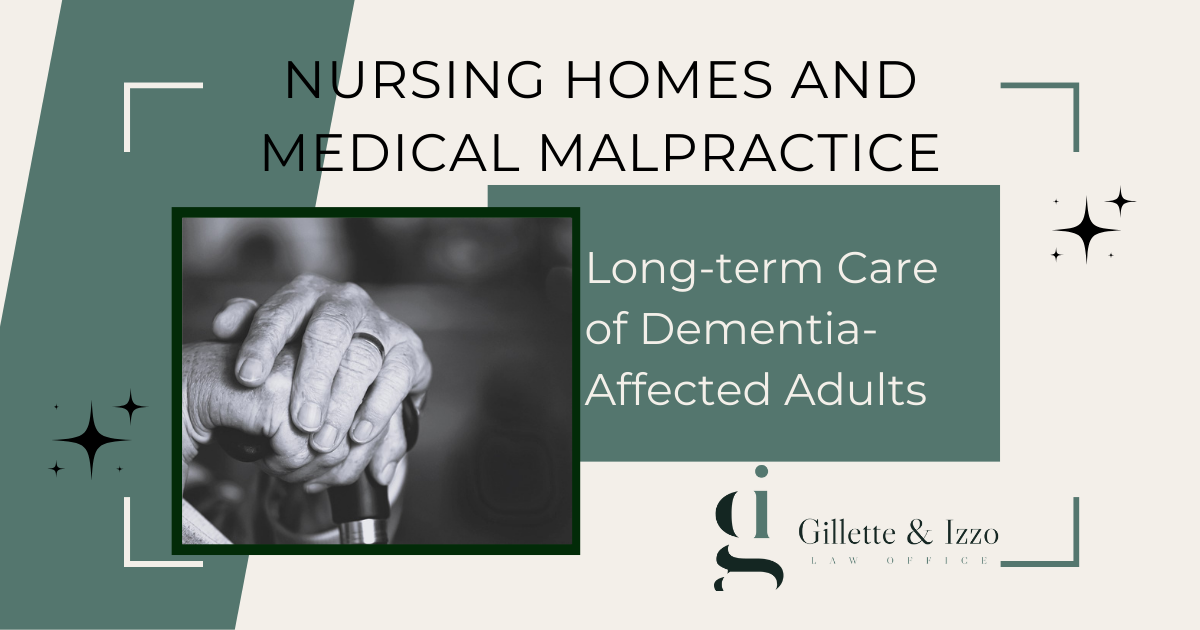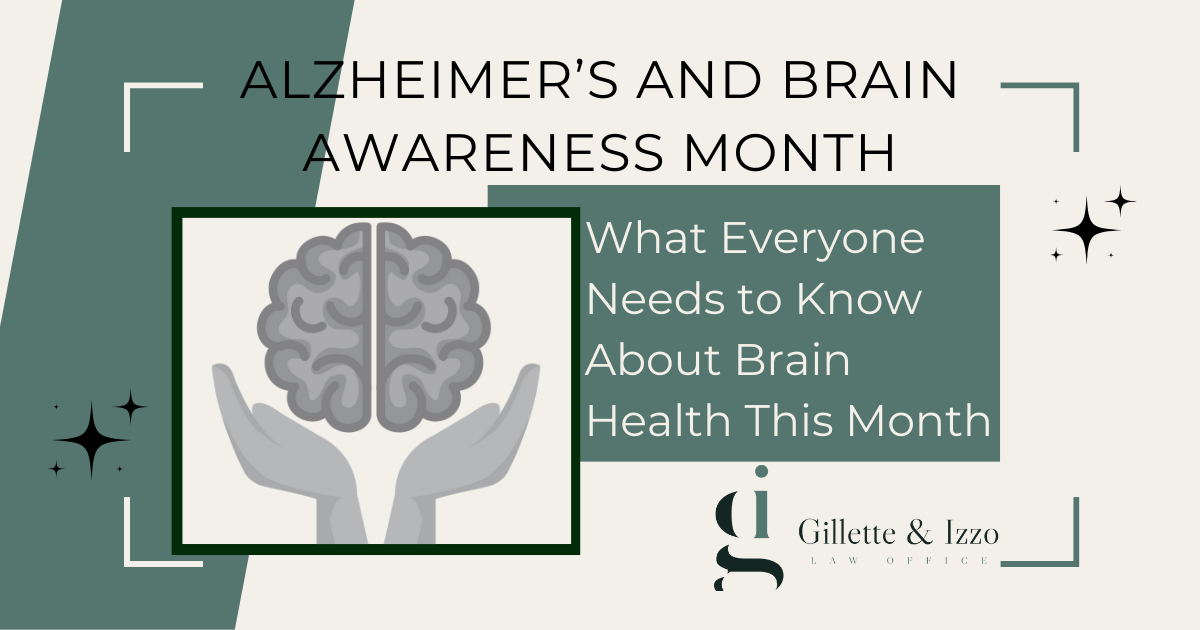May has been National Stroke Awareness Month since 1989. For the past 35 years, stroke awareness has taken center stage each May to inform people about the signs and symptoms of stroke and to share ways to reduce the risk of stroke.
Stroke Quick Facts
Someone in the US has a stroke every 40 seconds.
Around 16% of cardiovascular deaths are caused by a stroke.
About 25% of people who survive a stroke are at risk of having another stroke.
More than 80% of strokes could be prevented.
What Happens During a Stroke?
There are two types of strokes – ischemic and hemorrhagic. Most strokes are ischemic, around 87%. These are caused when blood flow to the brain is impaired due to a blocked blood vessel. Cells and tissue within the brain begin to die from lack of oxygen.
A hemorrhagic stroke occurs when there is uncontrolled bleeding in or around the brain, which disrupts the normal blood flow to the brain.
There are warning signs of a stroke and an acronym to make the most common symptoms memorable: BE FAST.
- Balance loss
- Eye issues and vision loss
- Face drooping
- Arm weakness
- Speech difficulty
- Time to call 911
Symptoms can vary between men and women, so it’s important to know how a stroke may present in various situations. Aside from the common symptoms like sudden numbness in the face or limbs, difficulty speaking or seeing, and drooping of the face, women also report additional symptoms, including:
- Nausea
- Vomiting
- Fainting
- Hiccups
- Seizures
- Shortness of breath
Who is at Risk of a Stroke?
Most people who experience a stroke are over the age of 65, but they do occur in younger people, as well. Some risk factors, like age, are not within anyone’s control. These include family history, race, and prior strokes or heart attacks. Other factors that most individuals can control include the following:
- Smoking
- Weight
- Diet
- Sleep apnea
- High cholesterol
There are certain steps that can be taken to reduce the risk of stroke.
How to Reduce the Risk of Stroke
The exact steps that any person should take to reduce their risk of having a stroke will vary depending on their health and lifestyle, but the general guidance on improving your chances of avoiding a stroke are:
- Lower blood pressure: Keeping blood pressure at a healthy level is crucial for preventing stroke because this is one of the largest contributing factors to the risk of stroke.
- Keep at a healthy weight: Obesity is linked to numerous health conditions, including stroke.
- Increase exercise: It is recommended that most people get moderate-intensity exercise five days per week.
- Limit alcohol: Even just two drinks per day can increase the risk of stroke.
- Do not smoke: Smoking increases the chances of blood clots, which significantly raises the risk of stroke.
- Keep blood sugar controlled: Damage to blood vessels caused by diabetes can make it easier for clots to form.
Take care of yourself and each other by being on the lookout for signs of stroke and taking steps to reduce your risk.





